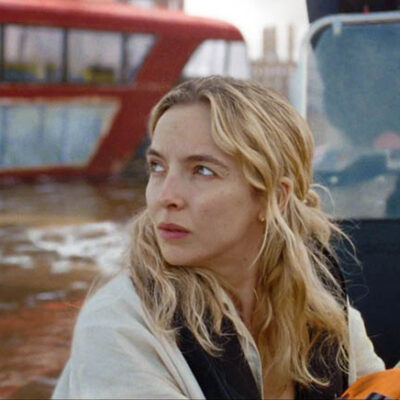For Lee, the project dictates the audience. “I don’t believe that anyone here feels that they only make stories for kids or families directly. It’s for everyone. We tell stories that matter to us. We weren’t thinking about an age on Frozen. There is something to how we do our films that there are always things to contemplate. They’re evocative, emotional, entertaining, and there’s hope and joy. Part of that is ingrained in the people who want to make these films. What I do like is the opportunity of experimenting with the short form and always growing the artform. There is definitely a huge energy for that now and we support it 100%. To look at who we are and how we make our films is timeless, timely and resonates with all ages, but at the same time what we have never done is turn down a fascinating idea and say, ‘It’s not young enough.’ We go with what inspires us.”
Virtual and Augmented Reality have had a major impact on the animation process. “We have a whole group working on VR and had the short film Cycles last year, which was amazing,” remarks Lee. “Cycles wasn’t a straight narrative, and you’re in tears at the end. It was powerful. We’re continuing to do that work and announcing more stuff in that area. I love that I’m learning a different method of storytelling. Even on the new projects that we’re working on right now, VR allows you to tell stories in a different and more visceral way and not necessarily in a linear manner. It’s important for us to stay involved because VR makes us better at our craft, but also gives us opportunities to keep growing in how we bring stories, emotion and imagination to the world.”
Lee has developed a philosophy towards writing and directing. “You become the audience and ask, ‘How do I feel?’ Then you become the characters and ask, ‘Do I believe them?’ We ground it by asking, ‘What is this experience and is it moving me the way that it should?’ If you keep it at any greater distance than that, you won’t have something that resonates.”
Unlike live-action, everything in the world of animation needs to be created from scratch, notes Lee. “Animation is the one area where every single thing that is there has been built from the imagination, and there’s so much that we can do with it. There’s this energy now of experimentation, exploration and technology catching up with the imagination and inspiring it to go to new places. That is what I find to be exciting.”





















